Catholic Church Conclave: A New Pope To Be Chosen
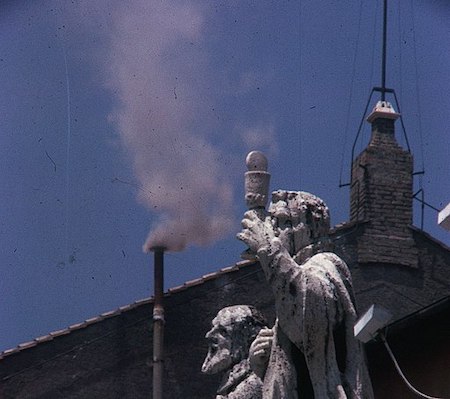
Table of Contents
The Catholic Church Conclave is a momentous event, a deeply significant process shrouded in secrecy and tradition. It's the mechanism by which the College of Cardinals elects a new Pope, ensuring the continuity of the Papacy and the leadership of the Catholic Church worldwide. This article delves into the history, process, and significance of the Papal Conclave, exploring the intricate details of this pivotal event in the Catholic faith. Understanding the nuances of this Papal election is crucial to appreciating the weight and importance of choosing the next leader of over a billion Catholics.
The History and Significance of the Papal Conclave
The Papal Conclave, the process of electing the Pope, has evolved significantly throughout history. While early methods were often chaotic and prone to external influence, the process has gradually become more formalized and regulated. The Conclave's importance lies in its role in maintaining the unbroken line of Papal succession, guaranteeing a consistent leadership structure within the Catholic Church.
- Early Conclaves and their challenges: In the early centuries, Papal elections were often characterized by intense political maneuvering and factionalism, leading to protracted and sometimes violent disputes.
- Reform of Conclave procedures over time: Over the centuries, various reforms have sought to streamline the process, reduce external influence, and ensure a more orderly and transparent election. Key reforms were implemented in the 13th and 16th centuries to address past problems.
- Notable Papal elections throughout history: History is replete with fascinating examples of Papal elections, some characterized by swift decisions, others by prolonged deliberations and political complexities. The election of Pope John Paul II, for example, stands out for its relatively quick conclusion and the surprising choice of a relatively unknown Cardinal.
The Process of a Catholic Church Conclave
The Papal Conclave is a carefully orchestrated procedure. Once a Pope dies or resigns, the Cardinals gather in the Vatican City to elect his successor. The process is rigorous, following established rules and procedures designed to ensure a fair and considered choice.
- Preparation and seclusion of the Cardinals: Prior to the Conclave, the Cardinals gather and participate in various liturgical services and meetings. Once the Conclave begins, they are secluded in the Vatican, cut off from external influences.
- Voting procedures and the two-thirds majority requirement: The Cardinals vote in secret ballots until a candidate receives a two-thirds majority. This ensures that the new Pope enjoys broad support within the College of Cardinals.
- Scrutiny and the announcement of the new Pope: The ballots are counted, and the results are announced. If no candidate achieves the required majority, the voting continues until a clear winner emerges.
- The white smoke signal and its significance: The iconic white smoke signals the world that a new Pope has been chosen, ending the period of uncertainty and anticipation. Black smoke signifies that no decision has been reached.
The Cardinals: Electors of the Next Pope
The Cardinals, members of the College of Cardinals, are the electors of the next Pope. Their qualifications, geographical distribution, and theological perspectives all play a crucial role in shaping the outcome of the Conclave.
- The College of Cardinals and its composition: The College is comprised of Cardinals from around the world, representing the diverse geographical and cultural landscape of the Catholic Church.
- The role of the Cardinal Dean in the Conclave: The Cardinal Dean presides over the Conclave, guiding the proceedings and ensuring the proper execution of the election process.
- Potential candidates and their theological perspectives: Before the Conclave, much speculation surrounds potential candidates and their theological views, shaping public anticipation and expectations. The candidates' past statements, pastoral work and theological positions are intensely scrutinized.
Secrecy and Speculation Surrounding the Conclave
The secrecy surrounding the Conclave is a defining characteristic, intended to ensure an unbiased decision-making process, free from external pressures. Despite this, intense media coverage and public speculation inevitably accompany the election.
- Reasons for the secrecy surrounding the process: The secrecy aims to protect the freedom of the Cardinals to vote their conscience without the influence of media or public pressure. It ensures a fair and impartial election.
- The role of media speculation in shaping public opinion: Media outlets worldwide offer extensive coverage, speculating on potential candidates and their platforms. This speculation shapes public opinion, influencing the global conversation surrounding the next Papacy.
- The challenges of maintaining secrecy in the modern age: Maintaining complete secrecy in the digital age presents significant challenges. The increasing sophistication of media reporting and communication technologies necessitate continuous efforts to manage information flow effectively.
Conclusion
The Catholic Church Conclave is a complex and fascinating process, rich in history and tradition. Understanding its stages, from the preparation of the Cardinals to the announcement of Habemus Papam, is crucial for grasping the weight of this pivotal moment in Catholic governance. The Conclave ensures a smooth transition of leadership, maintaining the continuity of the Papacy and upholding the central role of the Pope within the Catholic Church. Stay informed about the upcoming Catholic Church Conclave and the election of the new Pope. Follow our updates for the latest news and analysis on the Papal election process and the selection of the next leader of the Catholic Church. Learn more about the intricacies of a Catholic Church Conclave and the selection of the new Pope by [linking to relevant articles/resources].

Featured Posts
-
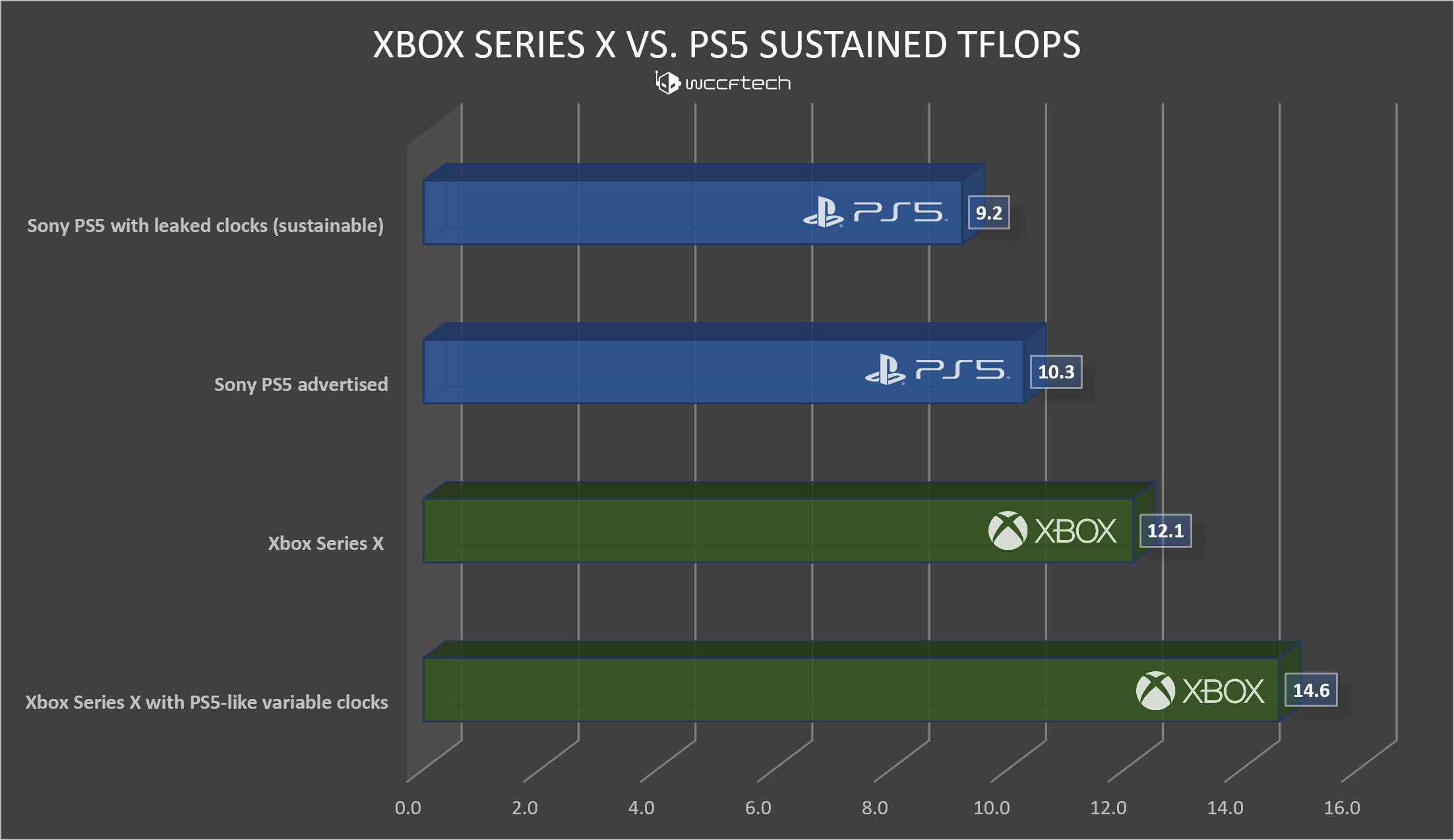 Xbox Series S Vs Ps 5 Specs Price And Game Library Compared
May 08, 2025
Xbox Series S Vs Ps 5 Specs Price And Game Library Compared
May 08, 2025 -
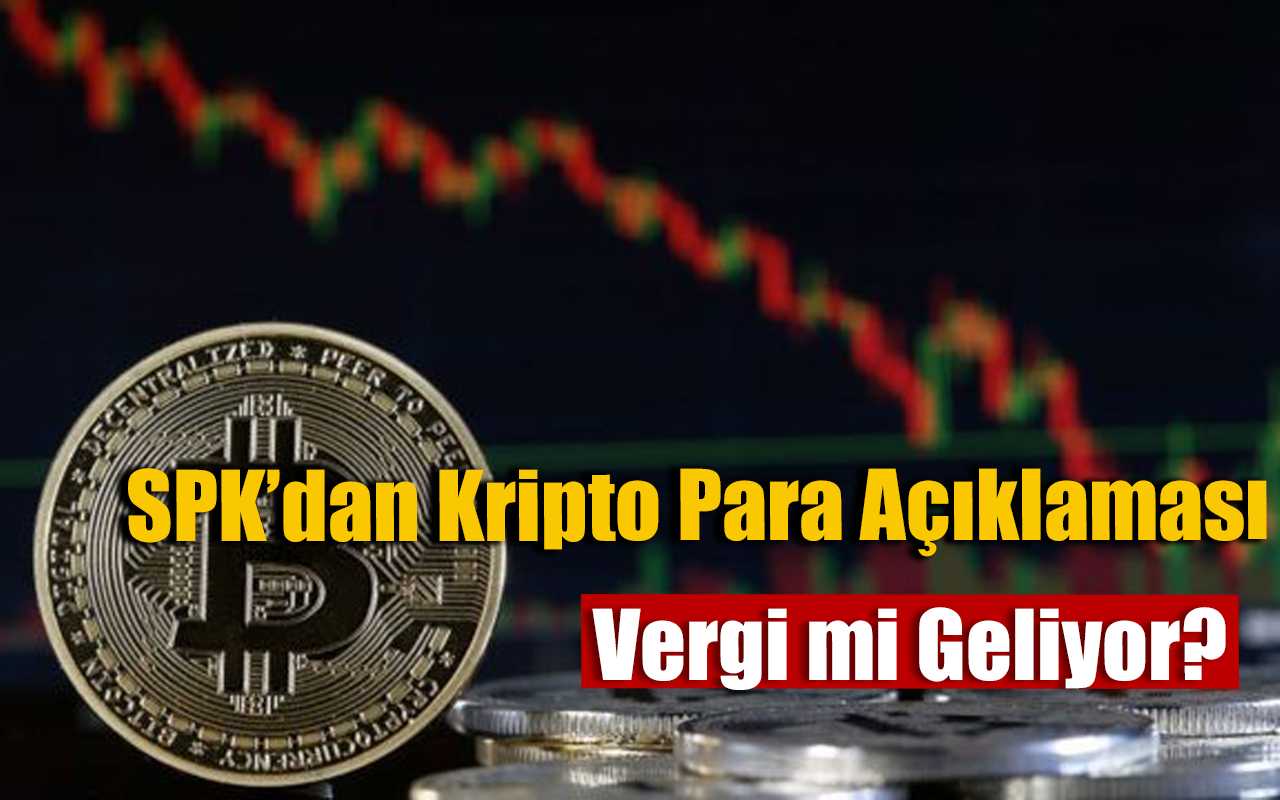 Spk Dan Kripto Piyasalarina Dair Oenemli Aciklama
May 08, 2025
Spk Dan Kripto Piyasalarina Dair Oenemli Aciklama
May 08, 2025 -
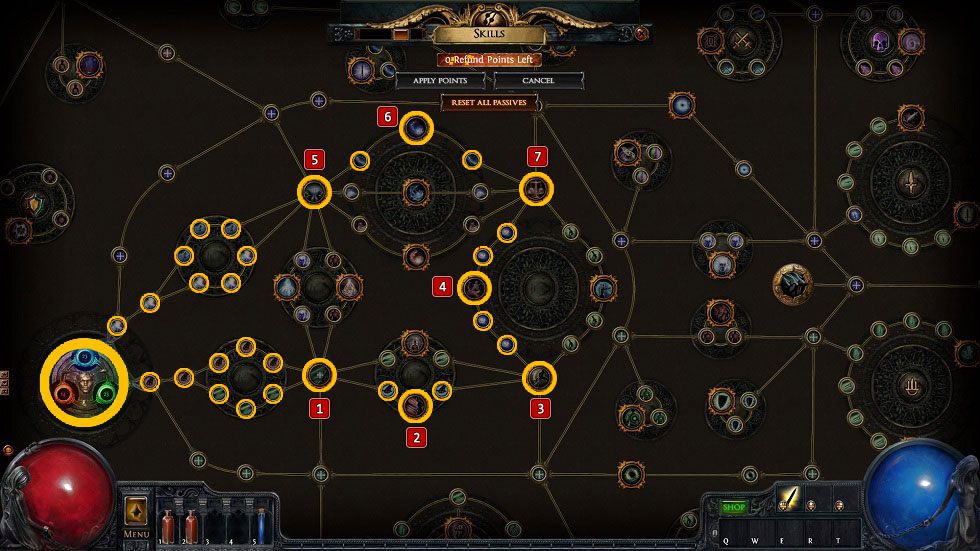 Path Of Exile 2 A Guide To Rogue Exiles
May 08, 2025
Path Of Exile 2 A Guide To Rogue Exiles
May 08, 2025 -
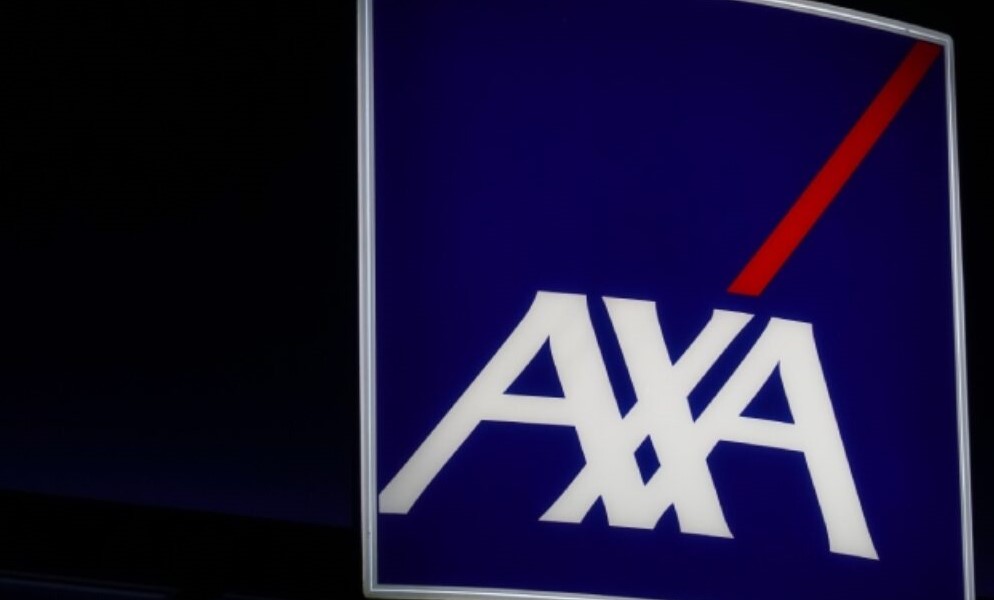 Brezilya Bitcoin Yasal Maas Oedeme Yoentemi Olarak Kabul Edildi
May 08, 2025
Brezilya Bitcoin Yasal Maas Oedeme Yoentemi Olarak Kabul Edildi
May 08, 2025 -
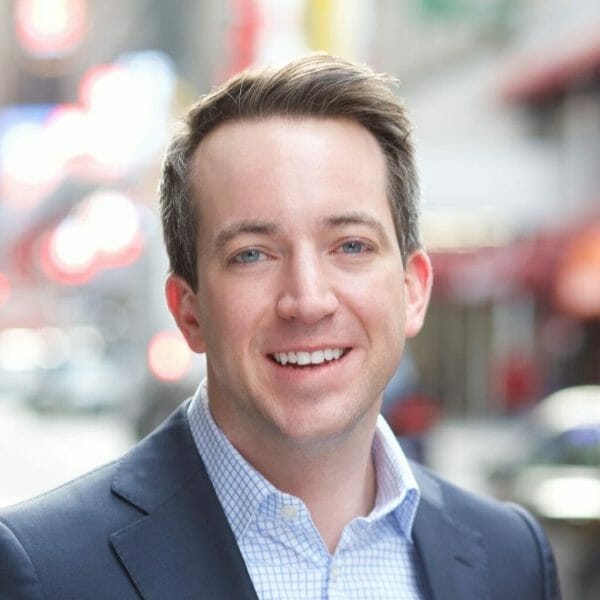 Trumps Xrp Backing A Catalyst For Institutional Investment
May 08, 2025
Trumps Xrp Backing A Catalyst For Institutional Investment
May 08, 2025
Latest Posts
-
 Ripples Xrp Three Factors Pointing To Potential Growth Plus Remittix Ico Update
May 08, 2025
Ripples Xrp Three Factors Pointing To Potential Growth Plus Remittix Ico Update
May 08, 2025 -
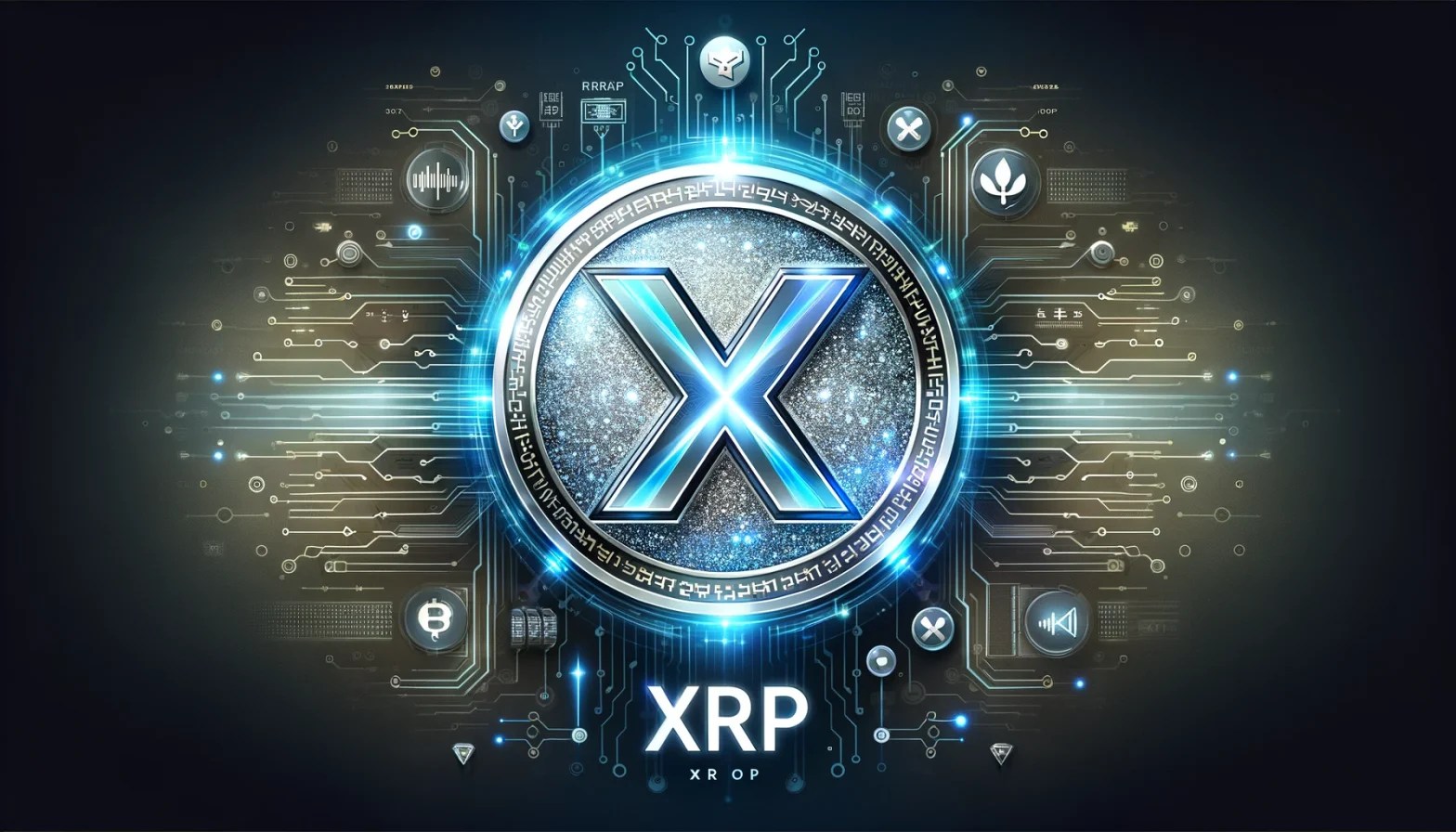 Xrp And Ripple Recent Developments And Market Analysis
May 08, 2025
Xrp And Ripple Recent Developments And Market Analysis
May 08, 2025 -
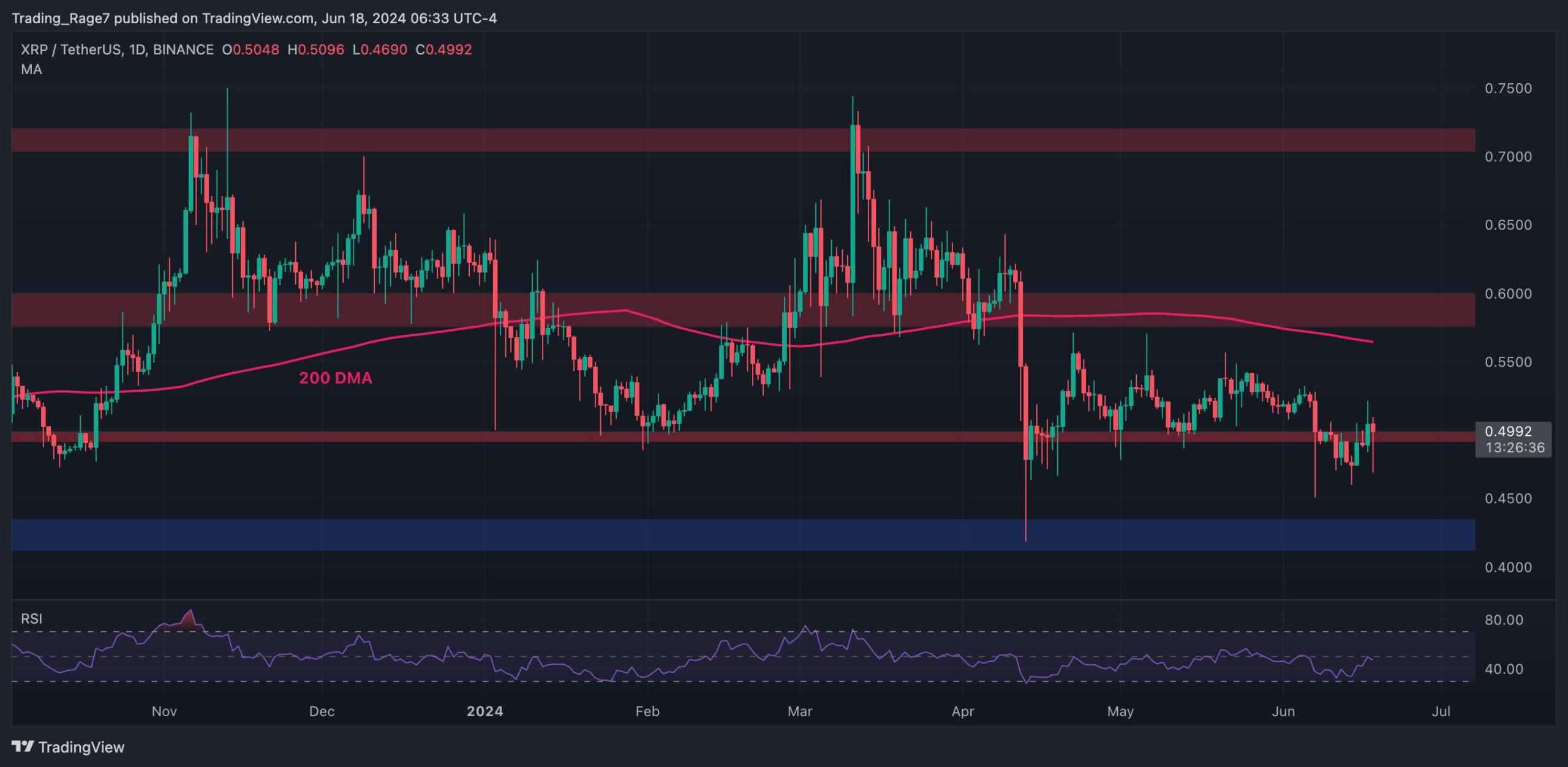 Xrp Price Prediction Is A Parabolic Move Imminent Ripple Vs Remittix Analyzing The Ico Success
May 08, 2025
Xrp Price Prediction Is A Parabolic Move Imminent Ripple Vs Remittix Analyzing The Ico Success
May 08, 2025 -
 Lotto 6aus49 12 April 2025 Ueberpruefen Sie Ihre Lottozahlen
May 08, 2025
Lotto 6aus49 12 April 2025 Ueberpruefen Sie Ihre Lottozahlen
May 08, 2025 -
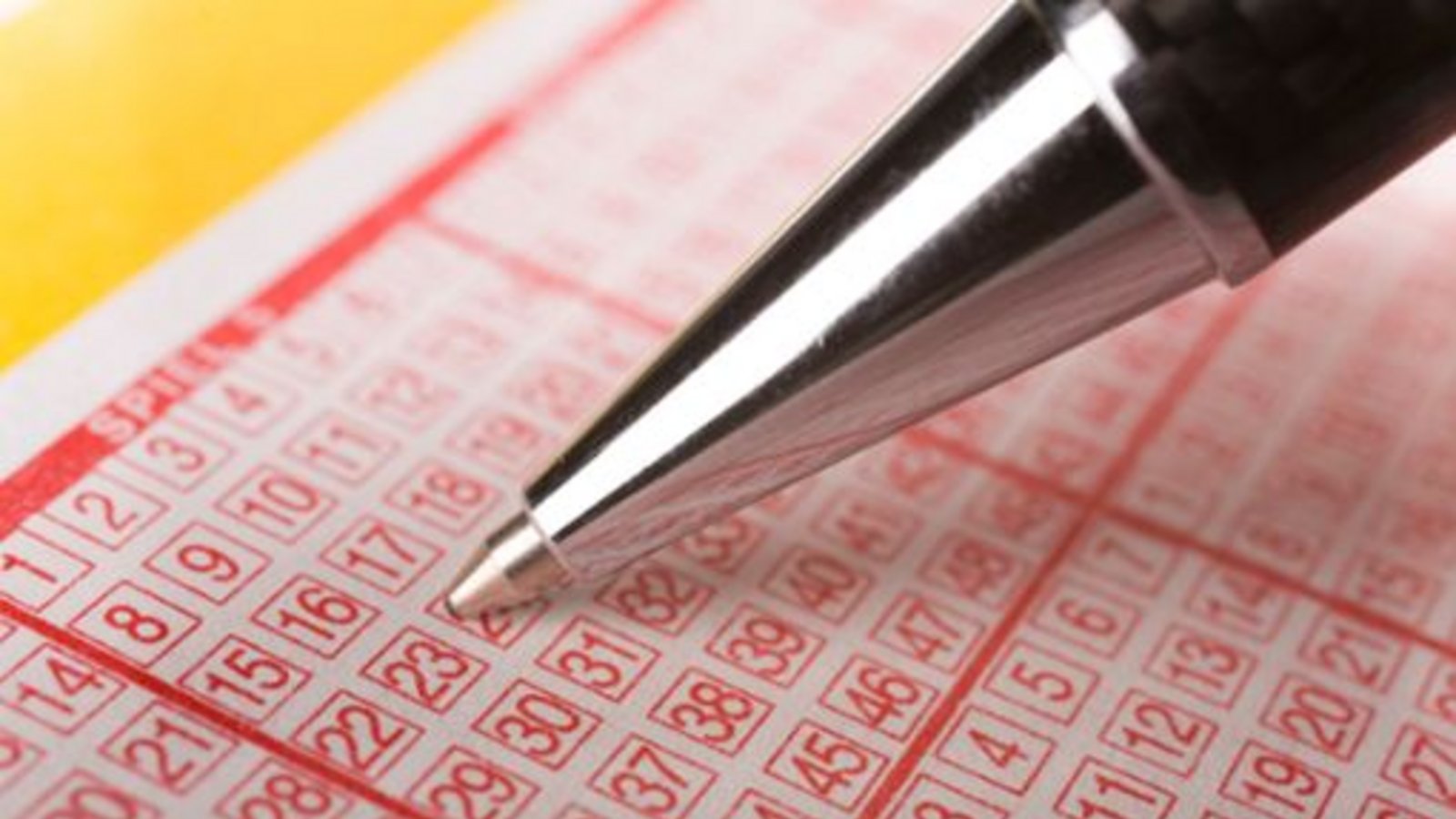 6aus49 Lottozahlen Mittwoch 9 April 2025 Ergebnis Der Ziehung
May 08, 2025
6aus49 Lottozahlen Mittwoch 9 April 2025 Ergebnis Der Ziehung
May 08, 2025
